The Great Debate: To Ice or Not to Ice - How to Manage Acute Injuries
To Ice or Not to Ice
To ice, or not to ice? As a physiotherapist, this is one of the most common questions I get asked after someone comes in with a new injury. The truth is not what most people expect. This is a hot topic largely because the evidence around icing has changed in the last number of years.
In the past, the acronym RICE (Rest, Ice, Compression, Elevation) was commonly used as a treatment strategy for acute injuries, particularly in sports medicine. However, recent research has shown that ice may not be as effective as previously thought, and may even be harmful in some cases. As a result, physiotherapists and other healthcare professionals now often use the acronym PEACE & LOVE (Protection, Elevation, Avoid Anti-Inflammatories, Compression, Education, Load, Optimism, Vascularization, and Exercise) as a more evidence-based approach to treating acute injuries.
In the 1970’s RICE was brought forward as the main way of treating acute injuries by Dr. Gabe Mirkin (1). It was thought that reducing inflammation was the best way to help an injury heal. Rest, Ice, Compression, and Elevation were all used in an attempt to reduce the inflammatory response to an injury.
Recently, researchers have realized that inflammation is an essential part of the healing process. Inflammation is the process that helps repair damaged tissues. It increases blood flow to the area, which also brings healing factors to the area. These healing factors help with jobs such as removing waste from damaged tissues, as well as helping create new fibres. Ice can significantly slow down this process, leading to a slower and smaller healing response. This ultimately can lead to a slower and less robust recovery (2).
Instead of using ice, physiotherapists now recommend using the acronym PEACE & LOVE as a more effective approach to treating acute injuries.
What is PEACE & LOVE?
Protection:
The first step in the PEACE & LOVE approach is to protect the injured area from further damage. This includes unloading or restricting movement for 1-3 days to minimize bleeding, prevent further injury to damaged tissues, and prevent re-aggravating the injury. Rest should be minimized as much as possible as prolonged rest can impact your tissue's strength and integrity (2).
This often means not doing the activity that you injured yourself doing at the same intensity. This also may involve using a splint, crutch, or another device to protect the area and prevent further injury. Protection doesn’t necessarily mean complete rest, just protecting the injured area from further damage. For example, if you pull your hamstring sprinting, resting your hamstring may involve light activities that do not aggravate the injury such as moderate cycling or slow walking.
Elevation:
Elevating the injured area above the level of the heart helps promote interstitial fluid flow out of your damaged tissues. This helps waste products from damaged tissues and cells move away from the injured area.
Avoid Anti-Inflammatories:
Nonsteroidal anti-inflammatory drugs (NSAIDs) such as ibuprofen and naproxen are commonly used to reduce inflammation and pain. However, research has shown that these medications may actually interfere with the healing process, particularly in the early stages of an injury. This is because these medications reduce inflammation. We now know that inflammation actually helps us heal. As a result, research recommends avoiding anti-inflammatory medications in the early stages of injury (2).
Compression:
Using a compression bandage or wrap helps the lymphatic system work better in supporting recovery (2). The lymphatic system is important as it helps remove cellular waste from the area.
Education:
Education on the benefits of an active approach to recovery can enhance the healing process. Active approaches have been found to be more effective in improving pain and function compared to passive approaches such as ice, manual therapy, acupuncture, and electrotherapy (2). There is no magic cure for your injury, but with education you can apply all the tools available to help you heal. Visit your local physiotherapist to make sure you have the best education on how to manage your specific injury.
Load:
An active approach to recovery is essential for optimizing healing. Optimal loading without aggravating the injury improves tissue repair and builds strong and robust tissue (2). Our bodies are made to adapt to stress, so loading helps build and align muscle and connective tissue fibres.
Optimism:
An optimistic outlook on your injury is actually associated with better outcomes. It may sound crazy, but “Beliefs and emotions are thought to explain more of the variation in the symptoms following an ankle sprain than the degree of pathophysiology” (3).
Vascularization:
Cardiovascular activity is essential to managing acute injuries. Pain-free cardiovascular activity should be started a few days after an injury. Cardiovascular activity promotes blood flow as well as keeps you healthy, fit, and helps in maintaining your mental health and optimism for recovery (2). This could be walking, swimming, biking, etc. Whatever is pain-free!
Exercise:
Finally, physiotherapists may recommend specific exercises to help improve range of motion, strength, proprioception, and function in the injured area (2). These exercises should be carefully tailored to the individual person, and should be progressed gradually to avoid re-injury.
Conclusion
In summary, the use of ice as a treatment strategy for acute injuries is no longer best-practice, and can in fact slow down the recovery process. Instead, the acronym PEACE & LOVE provides a more evidence-based approach that focuses on protecting the injured area, proper education, and promoting healing and recovery through an active recovery and appropriate loading and exercise. So put away the ice pack and let your body do the thing it was designed to do!
If you have questions about how to best manage your recovery, feel free to reach out to us by phone or email, or book online here.


